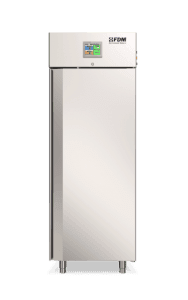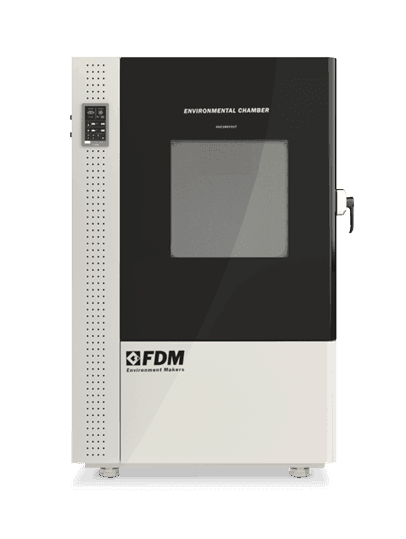
Medicines and cosmetics come into direct contact with our body and it is therefore understandable that they undergo a rigorous series of tests before being put on the market.
Climate tests are some of the most important ones.
How do climate tests work for the cosmetic and pharmaceutical sector?
There are important differences between the types of climate tests for the cosmetics sector and for the pharmaceutical sector, as well as for individual categories of drugs or cosmetics.
However, we can redact a list of general climate tools and tests involving both sectors.
Most cosmetics and drugs are tested in the standard climatic chamber to perform so-called stability tests. In turn, these tests can be of four types:
- Long-lasting test: check the stability of the products in real conditions. These tests can therefore take years.
- Ongoing stability tests: the test checks that the product is able to maintain stability even beyond the expiration date and for how long.
- Accelerated aging test: this test can simulate the aging that a product would undergo in a year in just six weeks.
- Fatigue test: this is an extreme test that subjects the product to temperatures above 60° and humidity of 60°. It is performed in the initial stages of development of the active ingredient to study its stability.
Perform
Climate Stress
Discover the new series of Climate Chambers for controlled climate testing
Climate Tests in the Pharmaceutical Sector
Climate tests in the pharmaceutical sector are very rigorous and follow the directives issued by the ICH, namely the "The International Council for Harmonisation of Technical Requirements for Pharmaceuticals for Human Use". Specifically, climate tests are regulated by ICH Q1A and the ICH Q1B .
There are different types of climatic tests for the pharmaceutical sector, one of the most common verifies the stability of products during storage at an ambient temperature between 8° C and 25° C. At the end of the test, the drug will be approved only if the active principle is at 95%, at least.
There is also the photostability test for pharmaceutical products which adds the factor of exposure to sunlight to the parameters of humidity and temperature.
Another matter for emergency drugs that are often used in extreme climatic areas. Here the aforementioned fatigue tests come into play, reaching temperatures over 50° C, and with UV exposure.
Climate Tests in the Cosmetic Sector
As far as climatic tests are concerned, the cosmetic sector follows the same rules as the pharmaceutical one, in particular the sub-standard ICH Q1A-Q1F.
The stability test is standardized and is performed on all types of cosmetic products. On the other hand, storage tests vary depending on the product.
For example, eye pencils are placed under observation for over 12 weeks at temperatures ranging from 5° C to 50° C. At the end of the procedure, a test is carried out on the lead of the pencil to verify its tightness.
Perform
Extreme Testing
Discover the new series of Environmental Chambers for controlled climate testing
The FDM Climate Chamber for the Cosmetic and Pharmaceutical Sector
Our FDM Climatic Chamber is perfect for carrying out all the tests we have mentioned, both for the cosmetic sector and for the pharmaceutical sector.
If you have special needs, such as extreme temperature testing, we also have the FDM Environmental Chamber suitable for this type of procedure.
Both cameras can be approved with 21 CFR software that complies with FDA 21 CFR part 11.
For any further needs, we can build customized climatic chambers. Please contact us.
Do you have to take Stability Tests?
Contact us to receive more information about FDM Stability Chambers



